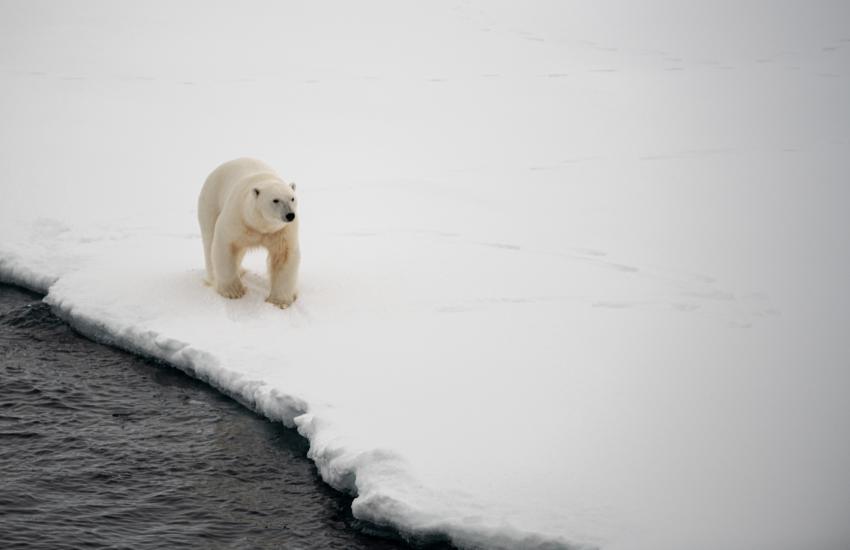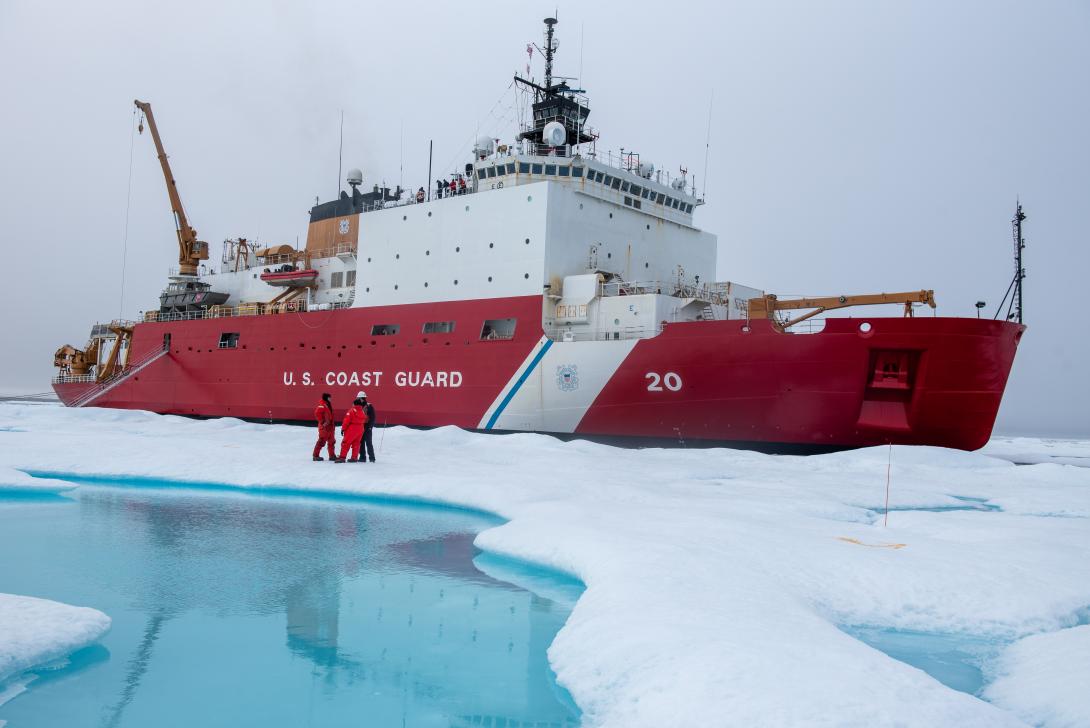2024 Arctic Strategy: Military Capabilities, Alliances and Geopolitical Challenges
The U.S. Department of Defense (DoD) has unveiled its 2024 Arctic Strategy, emphasizing enhanced military capabilities, stronger alliances and proactive measures to address the rapidly changing geopolitical and environmental landscape in the Arctic region.
“Climate change is fundamentally changing the Arctic and, with it, altering geopolitics,” Deputy Secretary of Defense Kathleen Hicks said.
As ice caps retreat, new shipping lanes are open to trade and navies.
The strategy released on Monday takes a special look at adversarial nations' intentions in the area.
The People’s Republic of China (PRC) is incorporating the Arctic into its long-term plans, aiming to expand its influence and activities in the region, according to the document. Despite not being an Arctic nation, it seeks to exploit the region's changing dynamics to gain greater access to resources and enhance its role in regional governance.
Russia finds this area central to its security and economic interests, as stated in its 2023 Foreign Policy Concept, which ranks the Arctic as its second priority region. Russia, with the largest Arctic territory and most developed military presence, poses a potential threat to the United States and its allies. The Kola Peninsula houses significant Russian naval and nuclear forces, according to the DoD document.
Russia invests in new and refurbished military infrastructure in the Arctic, maintaining its strategic, air and maritime capabilities despite conventional force losses in Ukraine, and is rebuilding its ground forces for improved future readiness in the region, the strategy evaluates.
Both adversaries cooperate in this region to counter U.S. and NATO interests.
The document states the PRC and Russia are increasingly collaborating in the Arctic, raising concerns for the DoD. Russia's isolation due to its invasion of Ukraine has led it to rely more on the PRC for financing Arctic energy infrastructure. A portion of Russia's natural gas and petroleum production comes from the Arctic, with the PRC funding and purchasing these resources. Their military cooperation is also growing, with joint naval exercises and agreements on maritime law enforcement potentially increasing the PRC's presence in the Arctic and along the Northern Sea Route.
Western democracies have also increased cooperation and opened new opportunities.
“Finland and Sweden’s historic decision to join NATO has made all seven like-minded Arctic nations allies,” Hicks told journalists. The deputy secretary noted that all democracies on the shores of the Arctic Ocean are part of the alliance.
The analysis comes after the United States signed an agreement with Arctic allies to increase and improve platforms, presence and knowledge.

Climate change is fundamentally changing the Arctic and, with it, altering geopolitics.
The Icebreaker Collaboration Effort, or ICE Pact, is a trilateral arrangement to collaborate on the production of polar icebreakers between the United States, Canada and Finland—all NATO allies.
The agreement involves enhanced information exchange, collaboration on workforce development and encouraging allies to purchase icebreakers built in American, Canadian or Finnish shipyards, aiming to leverage investments and achieve economies of scale to reduce costs for polar region access, according to a White House statement.
The goal is to deliver a fleet of icebreakers for the U.S. Coast Guard (USCG) and expand the country’s presence in the area.
Additionally, about a dozen yearly exercises will be maintained with relevant allies.
"The joint force will continue to exercise frequently in the Arctic through service-specific training, joint exercises—to include with USCG—and combined exercises with our allies and partners," the document states.
High latitude training has increased in the recent past among U.S. services, especially joint preparation with NATO allies.
Kimberly Underwood contributed to this report.






Comments